
Which site would you like to visit?
By clicking the retail or wholesale site button and/or using rarewineco.com you are choosing to accept our use of cookies to provide you the best possible web experience.
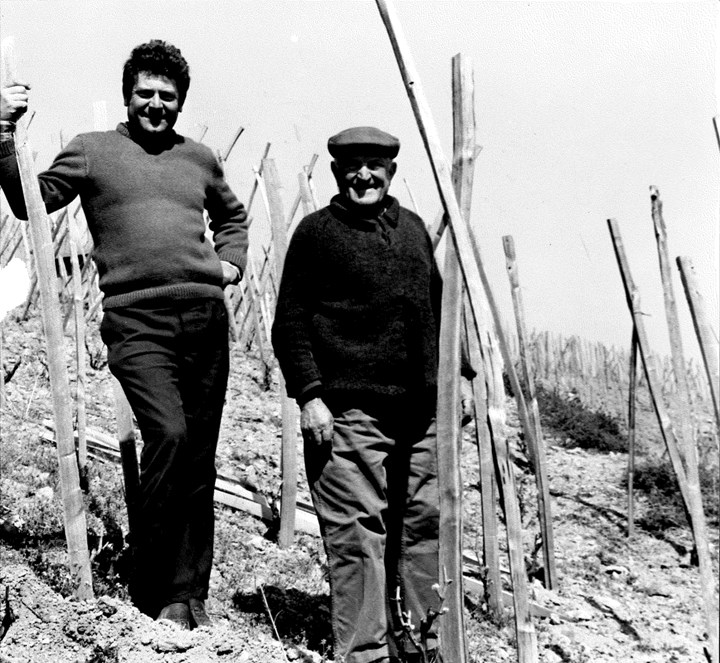

For more than a century, Domaine Jasmin has been a touchstone for those who prize Côte Rôtie of finesse.
Supremely elegant, Jasmin’s Côte Rôtie is the result of a philosophy handed down through four generations. And until it launched a tiny luxury Côte Rôtie cuvée called “Olea” in 2015, Jasmin was one of the very few domaines to make only one Côte Rôtie—a blend of fruit from the domaine’s eight lieux-dits.
The flagship wine has always borne the floral perfume of its small amount of Viognier, and it deftly marries the elegance from such granitic sites as Coteaux de Tupin and Côte Blonde with the schist-derived power of 1920’s Sérine vines in the Brune sector’s Moutonnes and Côte Baudin.
A very early pioneer of grower-bottling, the domaine’s origins can be traced back to the arrival in Ampuis of Alexandre Jasmin from the Champagne region near the end of the 19th century. Alexandre came to work as chef at the Château d’Ampuis and, taking a strong interest in the local wine, soon purchased the adjacent vineyard in what is today the Les Moutonnes lieu-dit.
He soon began bottling his own production and presented his wine at the 1909 Concours Agricole in Paris, where it won medals. But while the domaine’s wines were sought-after from the start, it was Alexandre’s son Georges, followed by Robert, who made Jasmin into one of Côte Rôtie’s great dynasties.
Georges took charge of the domaine in 1935, and his name is revered to this day by such greats as René Rostaing and Jean-Paul Jamet for his perseverance through the hard times of World War II and the 1950s.
His son Robert joined him in 1960, and father and son worked together until Georges’ half-century career came to an end with his passing at age 83 in 1987. Robert continued to build on the domaine’s great reputation, while changing nothing; as he told Remington Norman, “I do things just as grandfather did them.”
“The bridge between Burgundy and the Rhône.”
- John Livingstone-Learmonth
Not only did Robert resist the trend towards individual lieu-dit bottlings. He also resisted the trend of destemming. But, finally, in 1996, he relented and bought a destemmer.
Prior to that, the fruit was always given a lengthy whole-cluster fermentation with the submerged cap held in place by planks. Aging was mostly in neutral pièce and demi-muid. The percentage of Viognier in the blend was a relatively high 5-6%, contributing to its penetrating perfume and delicacy.
Tragically, while hunting in 1999, Robert Jasmin was hit by a car and killed. His son Patrick was thrown into being the winemaker. Yet, with little preparation, he miraculously produced a fine 1999 Côte Rôtie.
Little has changed since then. Patrick continues to make his Côte Rôtie much as his father did. In other words, there is still a submerged cap, and the percentage of new barrels is relatively low. The only major difference is that today the crop is 100% destemmed.
The Jasmin wines also continue to be counted among the handful of wines that most faithfully capture Côte Rôtie’s unique character. They are, in John Livingstone-Learmonth’s words, “the bridge between Burgundy and the Rhône.”
| Year | Description | Size | Notes | Avail/ Limit |
Price | |
|---|---|---|---|---|---|---|
 1994
1994
|
1994 Jasmin Cote-Rotie (Northumberland Country House Cellar; Lightly Bin Soiled Label) 1.5 L | 1.5 L | 1 | $595.00 | add |
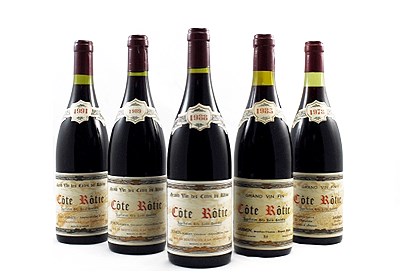 Event
Event
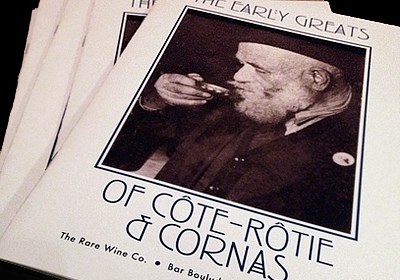 Event
Event
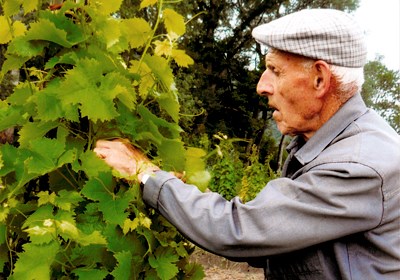 Event
Event
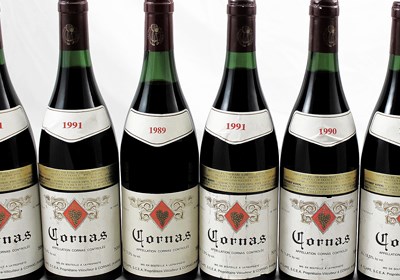 Event
Event
 Event
Event

New discoveries, rare bottles of extraordinary provenance, limited time offers delivered to your inbox weekly. Be the first to know.
Please Wait
Adding to Cart.
...Loading...


By clicking the retail or wholesale site button and/or using rarewineco.com you are choosing to accept our use of cookies to provide you the best possible web experience.

